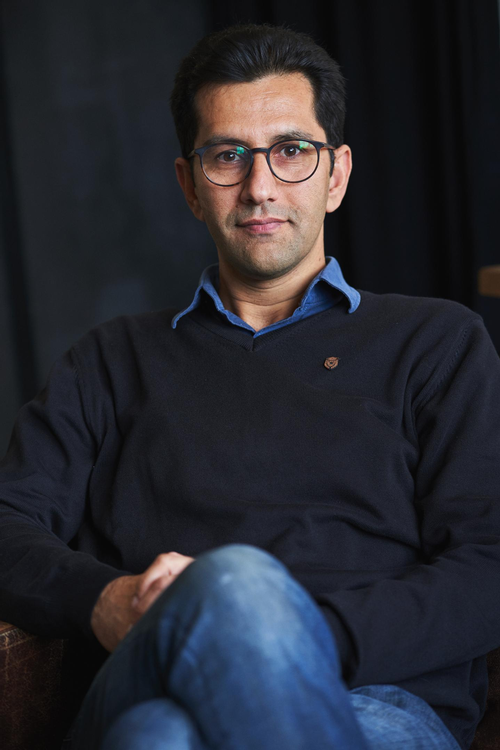THURSDAY, DECEMBER 19, 2019
Aarhus University (Aarhus, Denmark) announced earlier this month that researchers from its Department of Engineering’s ICELab have begun developing a new, intelligent and self-powered sensor that intends to monitor rust found in steel within concrete infrastructure.
The project is being conducted in collaboration with IdemoLab at technological service company FORCE Technology (Brøndby, Denmark), and is being funded by Innovation Fund Denmark.
About the Project
According to the university’s Department of Engineering, the cost of corrosion runs roughly 3%—2.3 trillion euros ($2.6 trillion)—of gross world product annually, creating an increase in international focus on monitoring infrastructure projects.

 |
| Klerkce |
|
Associate Professor Farshad Moradi from the Department of Engineering, Aarhus University, is heading the project. |
NACE International estimates that if newly constructed infrastructure experienced an increase in monitoring, up to 35% of the cost of corrosion could be realized.
If overall cost wasn’t enough, the university also brought focus to the recent collapse of the Morandi Bridge, which killed 43 people and left 600 homeless, as a common example of why undetected corrosion and structural deterioration is becoming such an urgent safety hazard that requires proper management and monitoring efforts.
However, Aarhus University describes current corrosion sensors used for rust monitoring as “indicative” and “energy-demanding” in addition to being dated, error-prone and can cost roughly up to $5,500 per measuring point.
In an effort to update the aging technology, Associate Professor Farshad Moradi from Aarhus University’s Department of Engineering has established project DIGIMON, which aims to develop smart, self-powered patches for updated corrosion monitoring.
According to industrial PhD student Jaamac Hassan Hire, “The aim of this project is to develop a plaster sensor which is placed on the reinforcement and molded into the concrete construction. The sensor and interfacing electronics are powered by means of energy-harvesting technologies to ensure continuous monitoring of the condition of the steel.”
Moradi further explained how the plaster sensors will work in a news release, describing that once developed, the sensors would use ultrasonic waves generated locally in a self-powered sensor inside the concrete to monitor the corrosion. Moradi adds that if the endeavor is successful, it could be the first ever self-powered corrosion sensor.
Once information is collected from the developed plaster sensors, it would be sent to a central computer to be processed.
“We’re happy to be a part of this project. We’re working with monitoring today, and we see a lot of potential in being able to continuously monitor large constructions, even in harsh environments,” said Morten Wagner, Head of the Department at FORCE Technology.
“This would provide us with a clearer picture of the state of the construction or building. DIGIMON is a great example of mobile and energy-efficient modern technology that’s at the very front of the technological revolution, and I hope it can play its part in making structures safer in the future.”
Tagged categories: Colleges and Universities; concrete; Corrosion; Corrosion engineering; Health and safety; Infrastructure; Program/Project Management; Research; Research and development; Safety; Steel; Structural steel; Technology